Astronomy
-
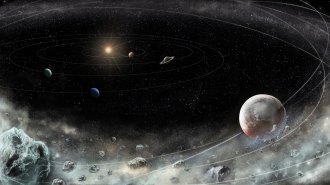 Astronomy
AstronomyThe discovery of the Kuiper Belt revamped our view of the solar system
Thirty years ago, astronomers found the Kuiper Belt, a region of space home to Pluto and other icy worlds that helped show how the solar system evolved.
-
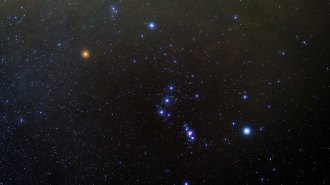 Space
SpaceOver time, Betelgeuse changed color. Now it’s also lost its rhythm
A recent upset to the star’s variability and ancient records that describe the red star as yellow tell a tale of a star that is no stranger to change.
-
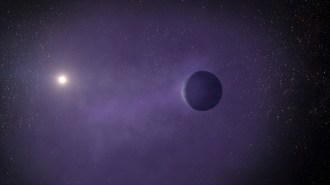 Astronomy
AstronomyMini-Neptunes may become super-Earths as the exoplanets lose their atmospheres
Starlight is eroding the atmospheres of a handful of gassy exoplanets that are a bit smaller than Neptune, gradually exposing the rocky cores within.
By Liz Kruesi -
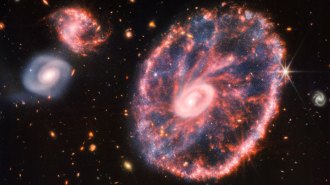 Astronomy
AstronomyA new James Webb telescope image reveals a galactic collision’s aftermath
Bright and dusty spokes of star formation connect the Cartwheel Galaxy’s inner and outer rings in a new image from NASA’s James Webb Space Telescope.
-
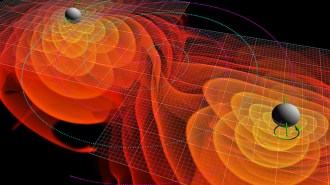 Physics
PhysicsTwo black holes merged despite being born far apart in space
A closer look at gravitational wave data reveals 10 overlooked mergers, including one between black holes that probably found each other late in life.
-
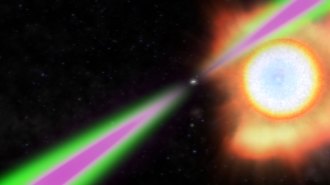 Astronomy
AstronomyThe heaviest neutron star on record is 2.35 times the mass of the sun
The measurement helps refine the dividing line between neutron stars and black holes.
By Ken Croswell -
 Astronomy
AstronomyHow James Webb Space Telescope data have already revealed surprises
A distant galaxy cluster’s violent past and the onset of star formation in the more remote universe lie buried in the observatory’s first image.
-
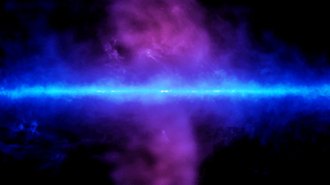 Astronomy
AstronomyClouds in the Milky Way’s plasma bubbles came from the starry disk — and far beyond
Gas clouds in the Fermi bubbles have a wide range of chemical compositions, suggesting some may have been ripped from other galaxies.
-
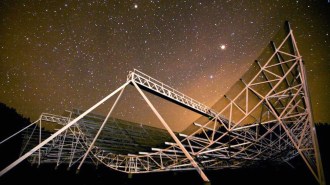 Astronomy
AstronomyA fast radio burst’s rapid, steady beat offers a clue to its cosmic origin
Amped-up neutron stars, pairs of magnetically entangled neutron stars or magnetar quakes could explain a three-second-long train of radio blips.
-
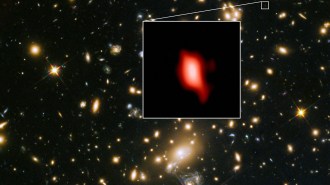 Astronomy
AstronomyThe most distant rotating galaxy hails from 13.3 billion years ago
Astronomers have spotted a rotating galaxy whose light comes from just 500 million years after the Big Bang.
-
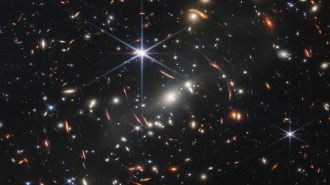 Astronomy
AstronomyHere are the James Webb Space Telescope’s stunning first pictures
President Biden revealed the NASA telescope's image of ancient galaxies whose light has been traveling 13 billion years to reach us.
-
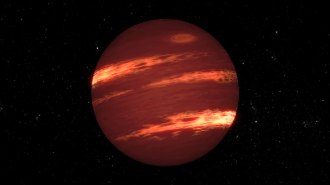 Astronomy
AstronomySand clouds are common in atmospheres of brown dwarfs
Dozens of newly examined brown dwarfs have clouds of silicates, confirming an old theory and revealing how these failed stars live.